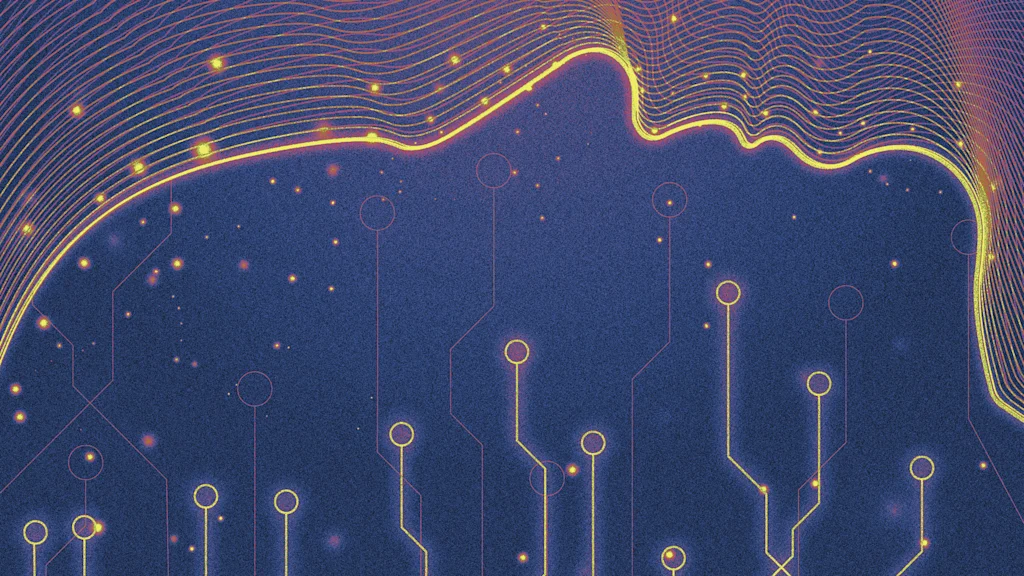
"After accepting the warning, you're offered a blank box where you can type a description of any video you want to see. When you enter text in the box, the Sora app uses the Sora 2 video generator (OpenAI has never been much for clear naming conventions) to make whatever you've asked for, complete with synchronized audio and even music."
"When you first sign into Sora, the app pops up a window warning you that "You are about to enter a creative world of AI-generated content. Some videos may depict people you recognize, but the actions and events shown are not real." The warning reminds me of the famous sign at the entrance to Disneyland. That sign reads "Here you leave today and enter the world of yesterday, tomorrow and fantasy." Disneyland's sign is an invitation to suspend disbelief-to enter a world in which everything is kind of real, but is also explicitly curated and fabricated to delight you; a purified, enhanced reflection of reality. Sora feels similar."
OpenAI launched Sora on September 30 using the Sora 2 video generation model. The app reached over one million users within five days despite invite-only access and geographic restrictions, outpacing ChatGPT's initial growth. Sora replicates the vertical short-video interface with swiping, likes, and shares while making every video explicitly AI-generated and fictional. Users see a warning about AI-generated content and potential depictions of recognizable people that are not real. A text input generates videos via Sora 2 with synchronized audio and music, emphasizing a playful, fabricated social-media experience.
Read at Fast Company
Unable to calculate read time
Collection
[
|
...
]